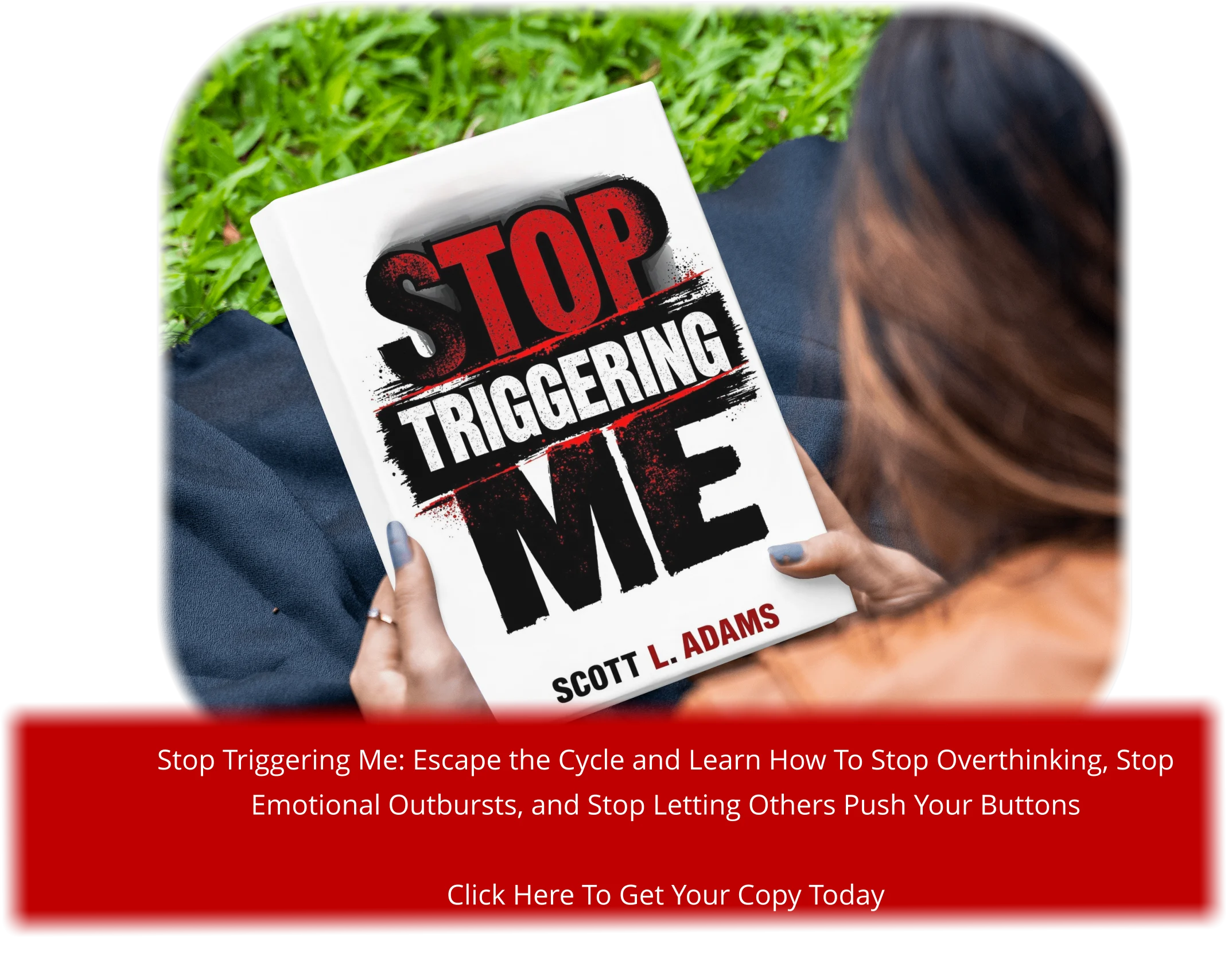Did you know that work-related stress affects millions of people worldwide, impacting not just their mental health but also their overall wellbeing? I’ve seen firsthand how the pressures of modern worklife can either motivate us or break us down when it becomes overwhelming.
As someone who has navigated the challenges of a demanding job, I understand the toll it can take on our physical and mental health. The good news is that there are practical strategies for managing stress effectively, and I’m here to share them with you.
In this guide, I’ll walk you through how to identify your specific stress triggers, develop resilience, and create healthier boundaries between your work and personal life.
Key Takeaways
- Understand the impact of work-related stress on your mental and physical health.
- Learn practical strategies for managing stress effectively.
- Discover how to identify your specific stress triggers.
- Develop resilience through physical and mental techniques.
- Create healthier boundaries between your work and personal life.
Understanding Work-Related Stress and Its Impact
I’ve seen firsthand how work-related stress can creep into our lives, affecting not just our work but our overall health. Work-related stress occurs when the demands of our job exceed our ability to cope, creating a harmful imbalance that affects our wellbeing. This imbalance can stem from various factors, including a lack of control over our work, unclear expectations, poor management, or conflict with colleagues.
What Constitutes Work-Related Stress
Work-related stress isn’t just about having too much to do; it’s often rooted in the workplace environment and dynamics. Some common factors include:
- Lack of control over work tasks or schedule
- Unclear expectations or conflicting demands
- Poor management or inadequate support from superiors
- Conflict with colleagues or a hostile work environment
How Stress Affects Your Physical and Mental Health
The physical impact of prolonged stress can be devastating, affecting our heart health, immune system, digestive function, and sleep patterns. Mentally, chronic work stress can lead to anxiety, depression, and burnout—a state of complete emotional and physical exhaustion. If not properly managed, stress can increase the risk of physical illnesses such as heart disease, back pain, and digestive conditions.
Understanding the difference between healthy pressure and harmful stress is crucial for recognizing when we need to take action. By acknowledging the signs and taking proactive steps, we can mitigate the negative impacts of work-related stress on our health.
Recognizing the Signs and Symptoms of Work-Related Stress
Being aware of the symptoms of work-related stress is the first step towards managing it effectively. When you’re experiencing stress at work, it can affect not just your productivity but also your overall health. I’ve learned that recognizing these signs early on can make a significant difference in how you cope with stress.
Emotional and Psychological Indicators
Emotional indicators often appear first. You might feel more irritable, anxious, or overwhelmed, or notice a decrease in your motivation and self-confidence. These changes can be subtle, but they can significantly impact your work and personal life. For instance, you might find it hard to concentrate or make decisions, which can further exacerbate feelings of stress.
Physical Manifestations
Your body will also send physical signals. Common symptoms include headaches, muscle tension, fatigue, sleep disturbances, and even heart palpitations. These physical manifestations can be a clear sign that you’re experiencing stress, and addressing them is crucial for your overall wellbeing.
Behavioral Changes to Watch For
Behavioral changes can also signal that stress is affecting your functioning. You might notice that you’re procrastinating more, withdrawing from colleagues, taking more sick days, or experiencing changes in appetite. These changes can impact not just your work but also your relationships and overall quality of life.
To manage work-related stress effectively, it’s essential to be aware of these signs and take proactive steps. Keeping a simple journal of your symptoms can help identify patterns and triggers before they escalate into more serious health problems.
Common Causes of Work-Related Stress
I’ve seen firsthand how work-related stress can impact daily life. Through my experience working with various organizations, I’ve identified several key factors that contribute to this stress.
Work-related stress can stem from various sources. Organizational factors play a significant role in creating a stressful work environment.
Organizational Factors
Organizational factors such as excessive workloads, unrealistic deadlines, and poor management can significantly contribute to work-related stress. When there’s a lack of autonomy or unclear job expectations, it can lead to feelings of frustration and anxiety.
- Excessive workloads and unrealistic deadlines
- Poor management and lack of support
- Unclear job expectations and lack of autonomy
Personal and Professional Boundaries
Maintaining personal and professional boundaries is crucial in managing work-related stress. With the advent of technology, it’s easy to get sucked into work-related tasks outside of work hours, leading to burnout.
Some common challenges include:
- Job insecurity and career concerns
- Workplace conflicts and poor communication
- Blurred lines between work and personal life
Identifying Your Stress Triggers at Work
Identifying your personal stress triggers is key to developing effective stress management strategies. When you’re aware of what’s causing your stress, you can take targeted actions to mitigate its impact. I’ve found that taking the time to understand my own stress triggers has been instrumental in helping me manage my workload and maintain a healthy work-life balance.
Self-Assessment Techniques
To identify your stress triggers, you can use various self-assessment techniques. For example, keeping a stress journal can help you track when you feel stressed and what might have caused it. Practicing mindfulness can also increase your awareness of your thoughts and feelings, making it easier to pinpoint stress triggers.
Tracking Patterns and Situations
Tracking patterns over time can reveal surprising insights into your stress triggers. You might discover that certain tasks, colleagues, or meeting formats consistently cause you stress. By being aware of these patterns, you can develop strategies to manage or avoid them. For instance, if you find that a particular task is a stress trigger, you can break it down into smaller, manageable tasks or seek support from colleagues or a manager.
Building Resilience Through Physical Wellbeing
I’ve learned that physical wellbeing is the foundation of stress resilience—when my body is strong, my mind is better equipped to handle workplace pressures. At times of stress, it’s easy to develop unhealthy habits, but by focusing on physical health, we can improve our overall wellbeing.
Exercise and Movement
Regular exercise has been my most powerful stress management tool. It releases tension, boosts mood-enhancing endorphins, and improves sleep quality. Even short 10-minute movement breaks during the workday make a noticeable difference.
I try to bring movement into my working day as much as my job allows, setting manageable goals like adding just 5 more minutes of movement to my day.
Nutrition for Stress
Nutrition plays a crucial role in managing stress. Reducing sugar, caffeine, and processed foods while increasing protein, complex carbohydrates, and omega-3 fatty acids helps stabilize my mood and energy levels.
Prioritizing Sleep
Quality sleep is non-negotiable for stress resilience. I prioritize good sleep hygiene by maintaining consistent sleep schedules, creating a restful environment, and disconnecting from work emails at least an hour before bedtime.
By incorporating these physical wellbeing strategies, I’ve found that I’m better able to manage stress levels and maintain a healthy work-life balance.
Developing Effective Mental Coping Strategies
In my journey to manage work-related stress, I’ve found that developing effective mental coping strategies is crucial. These strategies help me respond to workplace challenges rather than just reacting emotionally. By incorporating various techniques into my daily routine, I’ve been able to better manage my stress levels and improve my overall well-being.
Mindfulness and Breathing Techniques
Mindfulness and breathing techniques have transformed how I handle stressful moments. Simple practices like taking three deep belly breaths or doing a quick body scan can interrupt the stress response and restore calm. When we feel under pressure or anxious, our heart beats faster, and our breathing changes. Try taking three long, slow, deep breaths, noticing your stomach expanding and then returning to normal as you breathe out.
Cognitive Reframing for Workplace Challenges
I’ve found cognitive reframing particularly powerful for workplace stress. Learning to challenge negative thought patterns and replace catastrophic thinking with more balanced perspectives changes how I experience potentially stressful situations. This technique helps me maintain control and respond more effectively to challenges.
Setting Healthy Boundaries
Setting and maintaining healthy boundaries has been challenging but necessary. I’ve had to learn to say no, delegate tasks when appropriate, and communicate my limits clearly to colleagues and supervisors. By doing so, I’ve been able to manage my workload more effectively and reduce my stress levels.
These mental strategies work best when practiced consistently before stress peaks, creating neural pathways that make resilient responses more automatic when challenges arise. By incorporating these techniques into my daily routine, I’ve been able to improve my overall resilience and better manage work-related stress.
Creating Better Work-Life Balance
I’ve learned that managing work-related stress isn’t just about reducing workload, but also about creating a healthier work-life balance. When you’re feeling overwhelmed, setting clear boundaries can make a significant difference.
Time Management and Prioritization
Effective time management is crucial for achieving a better balance between work and personal life. Techniques like time blocking and the Pomodoro method can help you prioritize tasks and maintain focus. By aligning your time with your values, you can ensure you have energy for both work and personal priorities.
Establishing Clear Boundaries
Establishing clear boundaries between work and personal life is vital, especially when working from home. Creating “work-free zones” in your home and setting digital boundaries, such as turning off notifications after certain hours, can help. Transition rituals like taking a short walk or meditating can also signal to your brain that it’s time to switch contexts and leave work stress behind.
Seeking Support and Building Connections
I’ve learned that seeking support is a crucial step in managing workplace stress, and it’s not a sign of weakness. Talking about how you feel and the pressure you’re under can be incredibly helpful.
One way to seek support is by communicating with your manager or colleagues. By opening up about your workload concerns or stress triggers, you can work together to find practical solutions. As I discovered, many accommodations are possible once you start these conversations.
Communicating with Managers and Colleagues
Speaking to your manager or a colleague gives them a chance to help improve things for you. This can lead to a more supportive work environment and help you manage your workload more effectively. For instance, you might find that your manager is willing to adjust deadlines or provide additional resources to help you cope with your workload.
Leveraging Professional Resources
There are also professional resources available to help you manage workplace stress. For example, employee assistance programs, counseling services, and occupational health support can provide you with the guidance and support you need. I’ve found that using these resources can be a game-changer in managing stress.
Building a Support Network Outside of Work
In addition to seeking support at work, it’s also essential to build a support network outside of the workplace. Friends and family can offer fresh perspectives and remind you of your identity beyond your job. I’ve found that maintaining strong connections outside of work provides perspective and emotional support, helping me to cope with workplace stress more effectively.
Conclusion: Taking Control of Your Workplace Wellbeing
The journey to managing work-related stress is ongoing, requiring consistent effort and adaptation. As we’ve explored throughout this article, workplace stress can significantly impact our health and productivity. However, by acknowledging that we can control our responses, habits, and boundaries, we can take the first step towards a healthier work life.
I’ve found that combining various strategies—such as identifying triggers, building physical resilience, developing mental coping techniques, creating work-life balance, and seeking support—into a personalized approach yields the best results. It’s not about making dramatic changes overnight but rather about making small, consistent changes that add up over time.
As you move forward, remember that managing work-related stress is a journey, not a destination. Start with one or two techniques that resonate with you, and be patient with yourself as you work towards a more balanced and fulfilling work life. If workplace stress begins to significantly impact your health or quality of life, don’t hesitate to seek professional help—your wellbeing is worth prioritizing.









